The domestic Horse (Equus ferus caballus) is a subspecies of the wild Horse (Equus ferus). The only other living wild subspecies today is the wild Przewalski’s Horse.
Some scientists believe that the Tarpan, an extinct third subspecies, might have given rise to our domestic Horses. Researchers believe that early humans had fully domesticated these mammals by 3000 BC. Read on to learn about the Horse.
Description of the Horse
Horses have long necks, long legs, and singular solid hooves on the ends of their feet. Through years of breeding, humans have developed many different colors and patterns in their fur. Some of the most common colors are grey, dark reddish-brown (known as “bay”), and light brown (known as “chestnut”).
Different breeds range drastically in size. Miniature Horses, the smallest of the breeds, measure under 3 ft. tall at the shoulder, and weigh around 200 lbs. Contrastingly, Shires are the largest breed, standing nearly 6 ft. tall and weighing up to 2,400 lbs. or more.
Interesting Facts About the Horse
These mammals are incredibly interesting creatures, alongside which have lived for thousands of years. Learn what makes people so enthralled by these creatures below.
- Exotic Colors and Patterns – Some of the various coat colors include black, white, brown, grey, palomino, and more. Their spot patterns also vary, some breeds have “leopard” spotting with markings across their entire bodies. Others have spotting only in patches or certain regions.
- Eye See You – These creatures have the largest eyes of any other land mammal. In fact, only a few other animals have larger eyes. Ostriches, whales, and seals have larger eyes than Horse
- Valuable Vision – Of course, what use are large eyes if they can’t see? These mammals put their eyes to good use. Because their eyes are on either side of their heads, they can see nearly everything around them. They have 350º vision, with blind spots directly in front of and behind them.
- Jacobson’s Organ – Unlike humans, these mammals can analyze pheromones in the air using a unique organ known as a Jacobson’s organ. You might notice a Horse lifting its upper lip after sniffing another Horse. This action helps the creature use the unique organ. Other animals with Jacobson’s organs include big cats, domestic cats, dogs, pigs, and more.
Habitat of the Horse
Because humans have fully domesticated Horses, they no longer have a “wild” habitat. Humans often keep these animals on pastures and fields with grass for them to eat.
However, sometimes humans abandon their animals or the animals escape. This is where herds of feral horses originate, and these animals utilize grasslands, meadows, mountains, foothills, and more.
Distribution of the Horse
These domestic animals live virtually worldwide. Nearly anywhere that you can find humans, you can find Horses. Populations of feral animals live in various regions of the world as well. Some, known as Mustangs, live in the Midwest region of the United States. Others live in Europe, Australia, and more.
Diet of the Horse
As herbivores, these creatures feed exclusively on plant matter. The vast majority of their diet consists of grasses. In areas with little grass, humans feed them pelleted feed and a variety of hay.
Instead of eating distinct meals, they forage, or graze, throughout the day. An average-sized Horse is capable of consuming more than 20 lbs. of food per day.
Horse and Human Interaction
This subspecies exists solely through human interaction. Humans domesticated these animals about 5,000 years ago by selecting the friendliest individuals and breeding them. Early humans bred these versatile animals for transporting humans on their backs or in carts and chariots, as well as for plowing and other agricultural tasks.
Nowadays people use Horses for many different reasons. People ride them for pleasure and for sport, show them in events, and compete in various tasks. They also use them to round up cattle, for transport in search and rescue missions, for policework, and much more.
Domestication
Humans have fully domesticated this subspecies. We discuss the impacts of this domestication throughout most of the information you will read here.
Does the Horse Make a Good Pet
The Horse does make a good pet, but only for certain people. You must have plenty of land and money to properly care for this animal. If you have the space and the means to pay for its care, it is a wonderful companion with an individual and unique personality.
Horse Care
You should keep these large mammals in at least one acre of fenced land, though two acres or more is preferable. In addition to the grass they feed on in their pasture, you should provide them with additional commercially produced grain and hay. For pastures with little grass to graze on, you must provide more hay and pelleted feed.
These creatures also require maintenance of their hooves, teeth, and several different vaccinations. When their hooves grow too long their feet can become severely injured or lame. If you do not properly maintain their teeth it can impact their ability to eat.
Finally, without proper vaccinations they can catch various deadly diseases. It is important to know that necessary veterinary care is quite expensive for these rather large animals.
Behavior of the Horse
Regardless of the breed, the vast majority of these mammals are social, and they live in groups known as “herds.” As prey animals, these herds can be quite flighty at loud noises or unusual sights.
Individual breeds and individual animals have different dispositions. Some are stable and docile, others temperamental and skittish.
Reproduction of the Horse
The male, known as a “stallion” if un-neutered (a neutered male is known as a “gelding”), often breeds with multiple females. After mating, the female, known as a “mare,” has a gestation period of about 11 months. Though twins are not unknown, most births result in a single offspring, known as a “foal.”
Foals stand and walk quickly after birth. Weaning occurs anywhere between 4 and 6 months old. While they reach sexual maturity at about 1.5 years, most people do not breed their Horses until they are at least 3 years old.
Beliefs, Superstitions, and Phobias About the Horse
Because these large mammals have been present in human culture for thousands of years, it’s no surprise that you can find them in countless works of art, literature, religion, and more. You can find Horses in movies, television, and even advertisements.

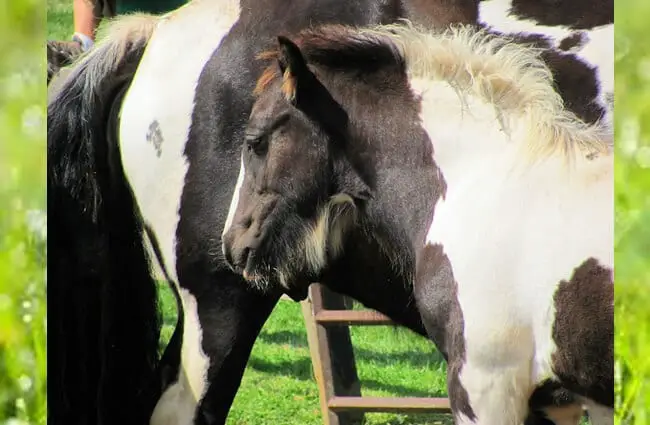
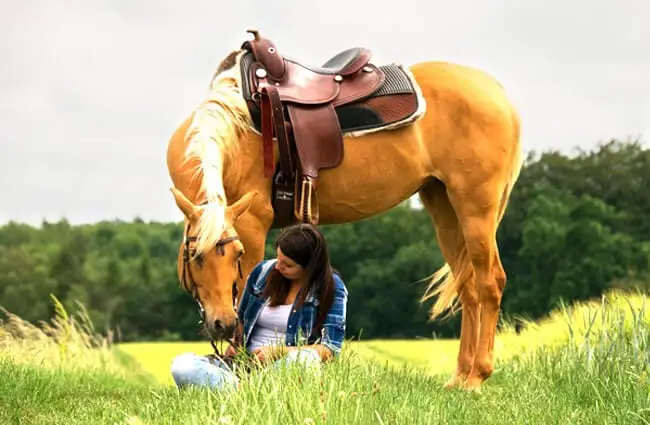
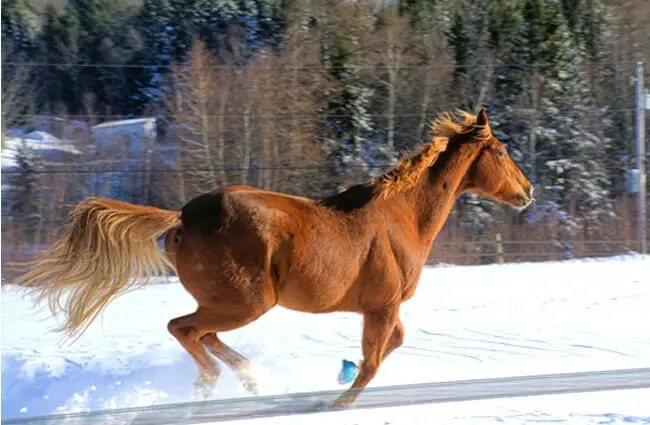
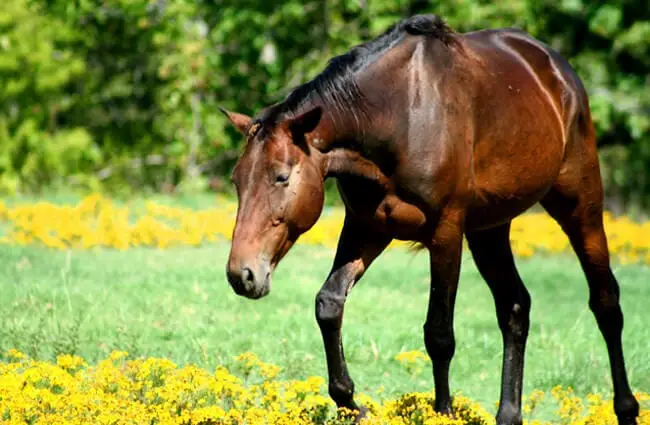
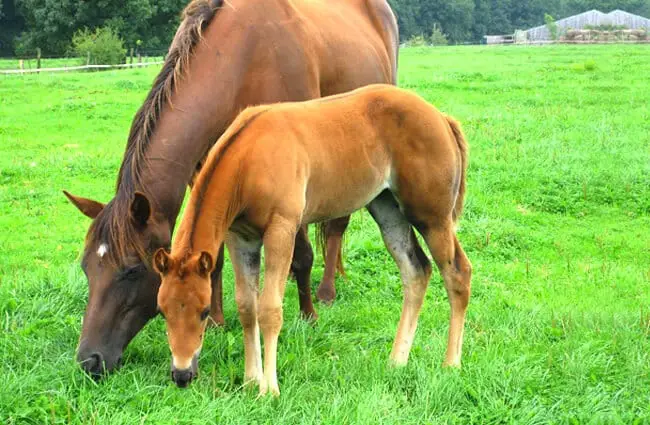
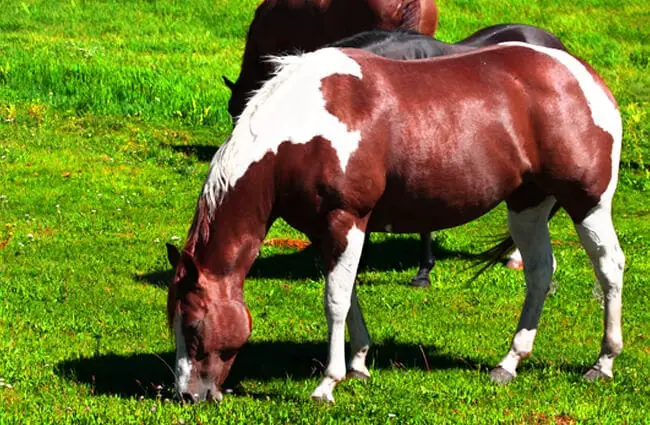
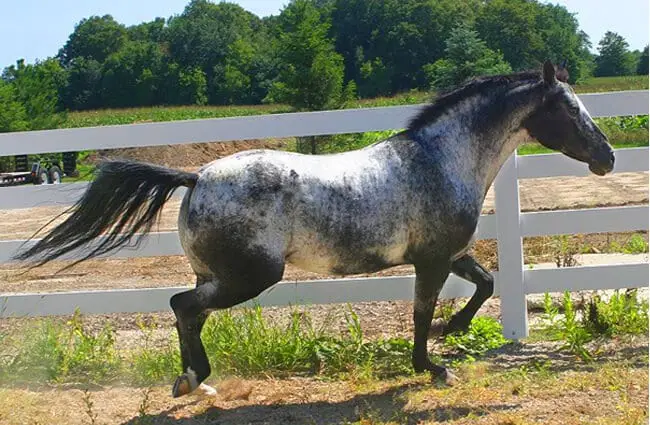
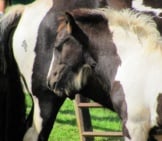
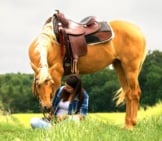


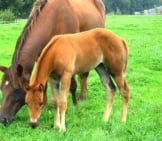
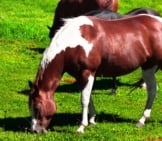
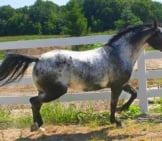
![Red Angus Closeup of a beautiful Red Angus cowPhoto by: U.S. Department of Agriculture [pubic domain]https://creativecommons.org/licenses/by/2.0/](https://animals.net/wp-content/uploads/2020/03/Red-Angus-4-238x178.jpg)


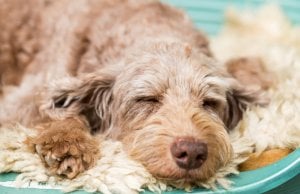

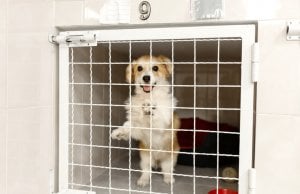
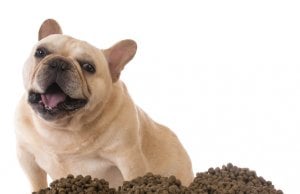


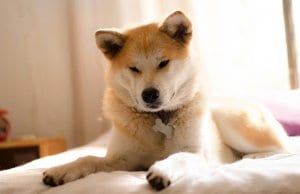

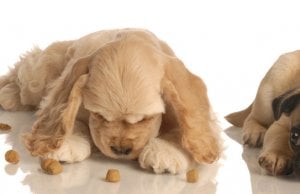

![Red Angus Closeup of a beautiful Red Angus cowPhoto by: U.S. Department of Agriculture [pubic domain]https://creativecommons.org/licenses/by/2.0/](https://animals.net/wp-content/uploads/2020/03/Red-Angus-4-100x75.jpg)

